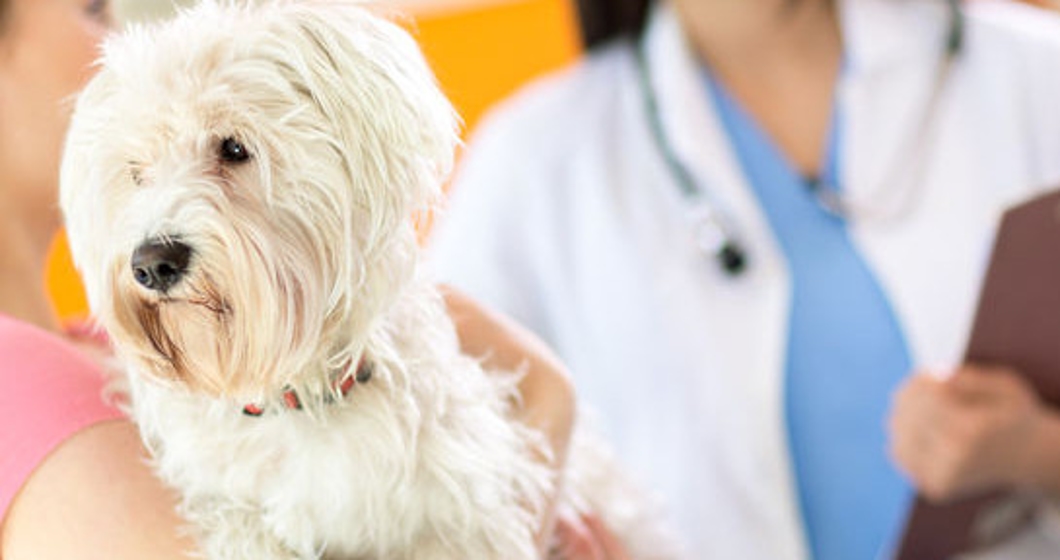Our furry companions bring immense joy and love into our lives, and ensuring their well-being is a top priority. Pet first aid and CPR are invaluable skills that every pet owner should possess. In this comprehensive guide, we'll explore the importance of having a pet first aid kit, what essentials it should contain, and the critical knowledge of performing CPR on your pet in Boston.
Why have a pet first aid kit?
A pet first aid kit is a crucial tool for every responsible pet owner. Just as we keep a first aid kit for ourselves, our pets deserve the same level of preparedness. Accidents and emergencies can happen unexpectedly, and having a well-equipped first aid kit can make a significant difference in providing immediate care to your furry friend.
What should be in your pet first aid kit?
- Basic supplies:
- Gauze, bandages, and adhesive tape for wound care.
- Scissors and tweezers for removing foreign objects.
- Cotton balls and swabs for wound cleaning.
- Disposable gloves to protect yourself.
- Medications and topicals:
- Hydrogen peroxide (3%) for inducing vomiting (consult your vet before use).
- Antiseptic wipes or solution for cleaning wounds.
- Sterile saline solution for flushing eyes or wounds.
- Any prescribed medications your pet may need.
- Tools and instruments:
- Digital thermometer with a lubricant for rectal temperature measurement.
- Pet-friendly nail clippers and styptic powder to stop bleeding.
- Penlight or flashlight for examining eyes, ears, and mouth.
- Miscellaneous items:
- Emergency contact numbers, including your veterinarian and a local animal poison control center.
- Your pet's medical records and identification.
- Compact emergency blanket for warmth.
- Pet carrier for safe transportation during emergencies.
The importance of learning CPR for pets:
Immediate response saves lives:
In critical situations, a pet's life may depend on immediate intervention. CPR for pets involves chest compressions and artificial respiration, and understanding these techniques can be life-saving until professional help is available.
Addressing respiratory distress:
Pets, like humans, can experience respiratory distress due to various reasons such as choking, drowning, or cardiac arrest. Learning pet CPR allows you to address these situations promptly and effectively.
Handling cardiac emergencies:
Cardiac emergencies can happen unexpectedly, and knowing how to perform CPR can keep your pet's heart pumping until you reach the veterinary clinic. It's a vital skill that provides precious time in critical situations.
Building confidence in pet care:
Learning pet CPR instills confidence in pet owners, making them better equipped to handle emergency situations. This knowledge can mean the difference between panic and a composed response during a crisis.
Complementing first aid skills:
CPR is a natural extension of pet first aid skills. When combined with the ability to assess and address immediate injuries, it creates a comprehensive approach to ensuring your pet's well-being.
How to perform CPR on pets:
- Assess the situation: Ensure the scene is safe for both you and your pet. Check for responsiveness and breathing.
- Establish airway: Gently tilt your pet's head back to open the airway, checking for any obstruction. Remove any visible foreign objects.
- Check for breathing: Look, listen, and feel for breathing. If your pet is not breathing, proceed to artificial respiration.
- Artificial respiration: For small pets, cover their nose and mouth with your mouth and provide gentle breaths. For larger pets, close their mouth and breathe into their nose.
- Check for pulse: Feel for a pulse in the femoral artery (inside the hind leg) or the carotid artery (inside the front leg, near the shoulder).
- Chest compressions: If there's no pulse, begin chest compressions. For small pets, use the thumb and forefinger; for larger pets, use both hands. Compress the chest at a rate of 100-120 compressions per minute.
- Repeat the cycle: Continue the cycle of artificial respiration and chest compressions until your pet starts breathing on their own or until you reach the veterinary clinic.
DoodyCalls of Eastern MA:
While preparing for emergencies, it's equally crucial to maintain a clean and safe environment for your pets. DoodyCalls of Eastern MA specializes in poop-scooping and waste removal services, offering residential dog poop removal, yard deodorizing, and commercial services for common areas and pet waste stations.
Visit DoodyCalls of Eastern MA to explore their services and ensure a clean and healthy space for your pets. A well-maintained environment not only enhances their quality of life but also contributes to a safer and more enjoyable home.
Pet first aid and CPR are skills that every pet owner should acquire. A well-equipped first aid kit, combined with the knowledge of CPR techniques, empowers you to provide immediate care in emergency situations. By being proactive in your pet's health and safety, you contribute to a happier and healthier life for your beloved furry friends. Additionally, with the support of DoodyCalls of Eastern MA, you can ensure a clean and enjoyable environment that complements your commitment to your pet's overall well-being.


